Home>Home Maintenance>How To Get Rid Of Mold In The Ventilation System
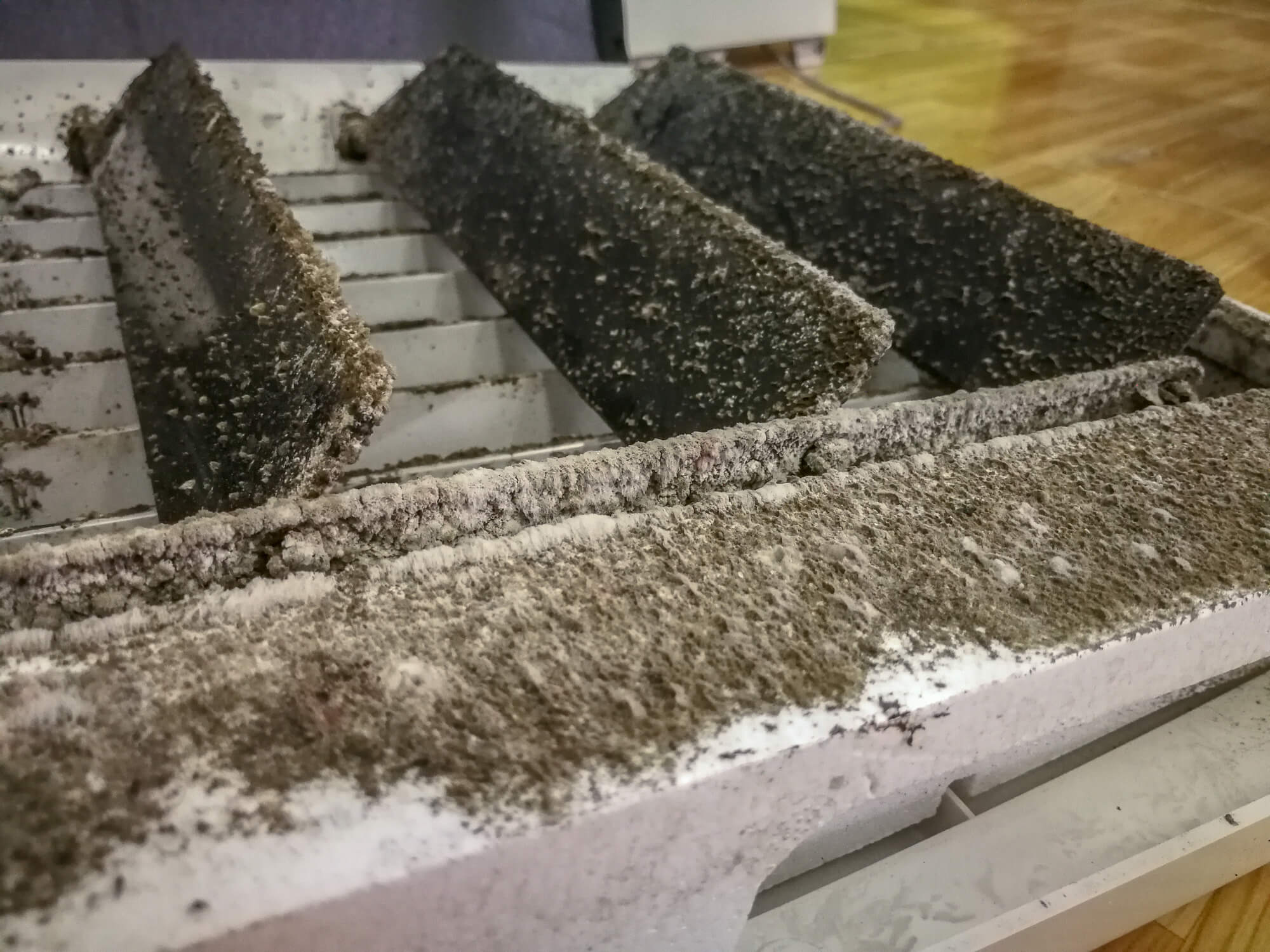

Home Maintenance
How To Get Rid Of Mold In The Ventilation System
Modified: March 6, 2024
Want to get rid of mold in your home's ventilation system? Learn effective home maintenance techniques to tackle this problem and improve your indoor air quality.
(Many of the links in this article redirect to a specific reviewed product. Your purchase of these products through affiliate links helps to generate commission for Storables.com, at no extra cost. Learn more)
Introduction
Welcome to our comprehensive guide on how to get rid of mold in the ventilation system. Mold is a common problem that many homeowners face, and it can be particularly troublesome when it starts growing in the ventilation system. Not only can mold lead to unpleasant odors and a decline in indoor air quality, but it can also pose health risks to you and your family.
In this article, we will explore the causes of mold growth in the ventilation system, the signs to look out for, and the potential health risks associated with mold exposure. We will also provide you with practical tips on how to prevent mold growth in your ventilation system and guide you through the steps to effectively get rid of mold.
Additionally, we will discuss natural remedies for mold removal and when it may be necessary to seek professional mold remediation services. By the end of this article, you will have the knowledge and tools to tackle mold in your ventilation system and create a healthier home environment.
So let’s dive in and learn how to eliminate mold in your ventilation system!
Key Takeaways:
- Keep your home mold-free by controlling humidity, fixing leaks, and maintaining proper ventilation. Regular cleaning and inspection of ductwork can prevent mold growth in the ventilation system.
- If you notice signs of mold, such as musty odors or reduced airflow, take immediate action to prevent health risks and ensure a healthier living space. Consider natural remedies or professional mold remediation services for effective mold removal.
Read more: How To Get Rid Of Mold In Basement
Understanding Mold in the Ventilation System
Mold is a type of fungus that thrives in damp and humid environments. It reproduces by releasing spores into the air, which can then settle and grow in various areas of your home, including your ventilation system. The ventilation system provides an ideal breeding ground for mold due to the presence of moisture, warm air, and organic matter.
When mold spores find their way into the ventilation system, they can adhere to the ducts and multiply rapidly. As the HVAC system circulates air throughout your home, these mold spores can also be dispersed, leading to mold growth in other areas of your property.
The presence of mold in the ventilation system can lead to a range of issues. Not only can it contribute to unpleasant odors that permeate your home, but it can also compromise the indoor air quality. This can be particularly problematic for individuals who suffer from allergies, asthma, or other respiratory conditions.
Furthermore, mold in the ventilation system can cause clogs and blockages, diminishing the overall efficiency of your HVAC system. This can result in higher energy consumption and increased utility bills.
To effectively address mold in the ventilation system, it is important to identify the signs of mold growth and take appropriate measures to eliminate it. Next, we will explore the common indicators that suggest the presence of mold.
Signs of Mold in the Ventilation System
Identifying the signs of mold in your ventilation system is crucial for addressing the issue promptly. Here are some common indicators that suggest the presence of mold:
- Musty Odor: One of the most noticeable signs is a persistent musty or earthy smell in your home. If you consistently notice this odor, especially when the HVAC system is running, it could be an indication that mold is present in the ventilation system.
- Visible Mold Growth: Check your air vents, ducts, and grilles for any visible signs of mold. Mold can appear as black, brown, green, or white patches. Pay particular attention to areas with visible moisture or condensation, as mold thrives in damp environments.
- Allergic Reactions: If you or your family members experience unexplained allergies or respiratory symptoms such as coughing, sneezing, itchy eyes, or congestion, it could be related to mold in the ventilation system. Mold spores can be released into the air and trigger allergic reactions in sensitive individuals.
- Reduced Airflow: Another sign to look out for is reduced airflow from your vents. Mold growth can obstruct the airflow through the ventilation system, causing poor ventilation and an overall decline in the efficiency of your HVAC system.
- Water Damage or Leaks: If you have experienced water damage or leaks in your home, it increases the likelihood of mold growth in the ventilation system. Mold thrives in moist environments, so any past or present water issues should be closely monitored.
If you notice any of these signs, it is important to take immediate action to prevent further mold growth and address the underlying issue. In the next section, we will explore the potential health risks associated with mold in the ventilation system.
Health Risks Associated with Mold in the Ventilation System
Mold growth in the ventilation system can pose various health risks to you and your family. The presence of mold spores in the air can lead to respiratory issues, allergies, and other health problems. Here are some potential health risks associated with mold in the ventilation system:
- Allergic Reactions: Mold spores are a common allergen and can trigger allergic reactions in susceptible individuals. Symptoms may include sneezing, coughing, itchy throat, watery eyes, and congestion. These allergic reactions can be especially problematic for individuals with pre-existing respiratory conditions such as asthma.
- Asthma Exacerbation: For those with asthma, exposure to mold spores can worsen symptoms and lead to asthma attacks. People with asthma may experience difficulty breathing, chest tightness, wheezing, and coughing.
- Respiratory Infections: Prolonged exposure to mold spores can increase the risk of respiratory infections, especially in individuals with weakened immune systems. Mold spores can irritate the respiratory system and make it more vulnerable to infections.
- Toxic Mold Exposure: Certain types of mold, such as black mold (Stachybotrys chartarum), can produce mycotoxins. These toxic substances can be released into the air and may cause more severe health problems, including respiratory issues, headaches, dizziness, fatigue, and even neurological symptoms in some cases.
- Skin Irritation: Direct contact with mold or its spores can cause skin irritation and rashes, particularly in individuals with sensitive skin.
It is important to note that the severity of health risks can vary depending on the individual’s sensitivity to mold, the duration and intensity of exposure, and the type of mold present. If you or your family members experience any unexplained health issues, it is advisable to consult a healthcare professional to determine if mold exposure may be a contributing factor.
Now that we understand the potential health risks associated with mold in the ventilation system, let’s explore the common causes of mold growth in this area of your home.
Causes of Mold Growth in the Ventilation System
Mold growth in the ventilation system can occur due to various factors, primarily related to excess moisture and poor ventilation. Here are some common causes of mold growth in the ventilation system:
- High Humidity: High humidity levels provide the perfect environment for mold to thrive. If your home has excessive moisture in the air, it can promote mold growth in the ventilation system. This can be caused by factors such as inadequate ventilation, water leaks, or poor insulation.
- Duct Condensation: Condensation can form on the inner surfaces of the ventilation ducts when there is a temperature difference between the cooler air inside the ducts and the warmer air in your home. This condensation creates a moist environment that is conducive to mold growth.
- Water Leaks: Any water leaks or moisture intrusion in your home can lead to mold growth in the ventilation system. Leaky pipes, roof leaks, or even excessive condensation from nearby appliances can introduce moisture into the ductwork, providing a favorable breeding ground for mold.
- Poor Ventilation: Inadequate airflow and ventilation in the ventilation system can contribute to mold growth. When the air in your home becomes stagnant, it can trap moisture and prevent it from being properly removed, creating a damp environment ideal for mold to thrive.
- Contaminated Air Intake: If the air intake for your HVAC system is located in an area with mold or fungal growth, it can introduce mold spores into the ventilation system. These spores can then travel through the ducts and contribute to mold growth throughout your home.
- Lack of Maintenance: Failure to perform regular maintenance on your ventilation system can also contribute to mold growth. Over time, dust, dirt, and other debris can accumulate in the ducts, creating a breeding ground for mold. Additionally, neglecting to change air filters regularly can further exacerbate the problem.
Addressing the underlying causes of mold growth in the ventilation system is crucial for preventing future infestations. In the next section, we will discuss preventive measures and regular maintenance practices to keep your ventilation system mold-free.
Regularly clean and maintain your ventilation system to prevent mold growth. Use a mixture of water and vinegar to clean the vents and remove any existing mold. Ensure proper ventilation to reduce moisture and humidity in the system.
Read more: How To Get Rid Of Mold On Brick
Prevention and Regular Maintenance
Preventing mold growth in the ventilation system is key to maintaining a healthy and mold-free home. Here are some preventive measures and regular maintenance practices you can implement:
- Control Humidity: Keep the humidity levels in your home between 30-50% to discourage mold growth. Use dehumidifiers in areas prone to excess moisture, such as basements or bathrooms.
- Proper Ventilation: Ensure that your ventilation system is properly designed and installed to promote good airflow. Provide sufficient ventilation in areas where moisture is common, such as kitchens and bathrooms.
- Fix Water Leaks Promptly: Repair any water leaks or plumbing issues in your home promptly. Even small leaks can contribute to mold growth over time, so address them as soon as they are detected.
- Regularly Clean and Inspect Ductwork: Regularly clean your ventilation ducts to remove dust, debris, and potential mold spores. Inspect the ductwork for any signs of moisture or mold growth, and address the issue immediately if it is detected.
- Change Air Filters: Replace air filters regularly to ensure proper airflow and filtration in your HVAC system. Clogged or dirty filters can impede airflow and create a breeding ground for mold.
- Keep Surrounding Areas Clean: Regularly clean and vacuum the areas surrounding air vents and grilles. Dust and debris can accumulate, providing nutrients for mold growth.
- Maintain Proper Insulation: Ensure that your home is properly insulated to prevent condensation and moisture buildup. Insulate ductwork to minimize temperature differences and reduce the chance of condensation forming on the inner surfaces.
By implementing these preventive measures and practicing regular maintenance, you can significantly reduce the risk of mold growth in your ventilation system. However, if you do find mold in your ventilation system despite your best efforts, it’s important to take immediate action to remove it. In the following sections, we will guide you through the steps to effectively get rid of mold in the ventilation system, including natural remedies and the option of hiring professional mold remediation services.
Steps to Get Rid of Mold in the Ventilation System
If you discover mold in your ventilation system, it’s crucial to take prompt action to eliminate it. Here are the steps you can follow to effectively get rid of mold:
- Identify the Source: Before starting the remediation process, it’s important to identify the source of the mold. Inspect the ductwork and surrounding areas to determine if there are any visible signs of moisture or leaks that need to be addressed.
- Become Familiar with Safety Precautions: Wear protective gear such as gloves, goggles, and a respirator mask to protect yourself from mold spores during the cleaning process. Make sure the area is well-ventilated by opening windows or using fans.
- Turn off the HVAC System: To prevent the spread of mold spores, turn off the HVAC system and close off any vents or registers in the affected area. This will help contain the mold and prevent it from spreading throughout your home.
- Thoroughly Clean the Vents and Ducts: Use a vacuum cleaner with a HEPA filter to carefully clean the vents and ducts. Pay special attention to areas with visible mold growth or signs of moisture. Remove any dust, debris, or visible mold using a brush or cloth.
- Disinfect the Ventilation System: Use a mold disinfectant solution or a mixture of water and vinegar to thoroughly disinfect the vents and ducts. Spray the solution directly onto the affected areas and allow it to sit for a few minutes before wiping it clean. This helps kill any remaining mold spores and prevents future growth.
- Ensure Proper Drying: After cleaning and disinfecting, it’s essential to ensure that the ventilation system is completely dry. Use fans or dehumidifiers to remove any remaining moisture. This will help prevent mold from reoccurring.
- Monitor for Future Mold Growth: Keep a close eye on your ventilation system for any signs of mold regrowth. Regularly inspect the vents, registers, and surrounding areas for any moisture or mold. Address any potential issues promptly to prevent further mold problems.
It’s important to note that if the mold infestation is large-scale or persistent, it may be necessary to seek professional mold remediation services. Professional mold remediation experts have the knowledge, experience, and specialized equipment to effectively and safely remove mold from your ventilation system.
In the next section, we will explore some natural remedies that can help in the mold removal process for smaller-scale infestations.
Natural Remedies for Mold Removal
If you prefer to use natural remedies for mold removal or have a smaller-scale mold infestation, there are several options available. Here are some natural remedies that can help in the mold removal process:
- White Vinegar: White vinegar is a versatile and effective natural mold remover. Its acidic properties help kill mold spores and prevent future growth. Mix equal parts of white vinegar and water in a spray bottle and apply it to the affected areas. Let it sit for a few hours before wiping it clean.
- Tea Tree Oil: Tea tree oil is known for its antifungal properties. Mix 1 teaspoon of tea tree oil with 1 cup of water in a spray bottle. Spray the solution on the moldy areas and leave it to dry. Repeat this process regularly to prevent mold recurrence.
- Grapefruit Seed Extract: Grapefruit seed extract contains compounds that have antimicrobial properties. Mix 20 drops of grapefruit seed extract with 2 cups of water in a spray bottle. Spray the solution on the moldy areas and let it sit for a few minutes before wiping it clean.
- Baking Soda: Baking soda is a natural deodorizer and can help remove moldy odors. Mix 1 tablespoon of baking soda with 1 cup of water in a spray bottle. Spray the solution on the affected areas and scrub it with a brush. Rinse the area with water and let it dry.
- Hydrogen Peroxide: Hydrogen peroxide is a powerful mold killer and can effectively remove mold stains. Use 3% hydrogen peroxide and directly apply it to the moldy areas. Let it sit for about 10 minutes before scrubbing it with a brush. Rinse the area with water and allow it to dry.
- Borax: Borax is a natural mineral that has antifungal and antibacterial properties. Mix 1 cup of borax with 1 gallon of water and use the solution to clean the moldy areas. Scrub the affected areas thoroughly before rinsing with water and allowing it to dry.
It’s important to note that these natural remedies are most effective for smaller-scale mold infestations. If you have a larger or persistent mold problem, it is recommended to seek professional mold remediation services for thorough and safe removal.
Now that we’ve covered natural remedies, in the final section, we will discuss when it may be necessary to hire professional mold remediation services.
Hiring Professional Mold Remediation Services
While natural remedies and DIY approaches can be effective for smaller-scale mold infestations, there are situations where it is best to hire professional mold remediation services. Here are some scenarios when professional assistance is recommended:
- Large-Scale Mold Infestation: If the mold growth covers a large area or extends beyond the ventilation system, it is advisable to seek professional help. Professional mold remediation experts have the expertise, equipment, and techniques to handle extensive mold infestations safely and effectively.
- Health Concerns: If you or your family members have pre-existing health conditions, such as allergies, asthma, or weakened immune systems, it is important to prioritize your well-being. Professional mold remediation technicians can ensure that proper safety measures are followed to minimize exposure and prevent health risks.
- Hidden Mold: Mold can sometimes be hidden within the walls, ceiling, or other inaccessible areas. Professional mold remediation experts have the knowledge and tools to detect hidden mold and address it appropriately.
- Recurring Mold Issues: If you have already attempted mold removal but the problem keeps coming back, it indicates an underlying issue that needs to be addressed. Mold remediation professionals can identify and resolve the root cause of mold growth to prevent future recurrence.
- Insurance and Liability: In some cases, insurance policies cover mold remediation, especially when it is related to water damage or other covered perils. Hiring a professional mold remediation company can help navigate the insurance process and ensure that the remediation is conducted according to industry standards.
When selecting a professional mold remediation service, it’s essential to choose a reputable and certified company. Look for certifications such as the Institute of Inspection, Cleaning and Restoration Certification (IICRC) or the National Association of Mold Remediators and Inspectors (NAMRI). Additionally, read reviews, ask for references, and inquire about their experience in handling mold issues in ventilation systems.
Professional mold remediation services can provide a thorough assessment of the mold problem, implement effective containment measures, safely remove the mold, and address any underlying issues to prevent future growth. Their expertise and specialized equipment can help restore a healthy and mold-free environment in your home.
With the information provided in this article, you now have the knowledge to tackle mold in your ventilation system, whether you choose to use natural remedies or enlist professional assistance. Remember, proactive prevention and regular maintenance are key to keeping your ventilation system mold-free and ensuring the well-being of your home and family.
So take the necessary steps to eliminate mold from your ventilation system and create a healthier living space for you and your loved ones.
Read more: How To Get Rid Of Mold In Toilet
Conclusion
Mold growth in the ventilation system can be a nuisance, compromising indoor air quality and potentially causing health issues. However, by understanding the causes, signs, and health risks associated with mold in the ventilation system, we can effectively address and prevent this problem.
In this comprehensive guide, we have discussed various aspects of mold in the ventilation system, including the importance of identifying signs of mold growth, the potential health risks it poses, and the common causes of mold infestation. We have also explored preventive measures and regular maintenance practices to keep your ventilation system mold-free.
Furthermore, we have provided step-by-step instructions for getting rid of mold in the ventilation system, offering both natural remedies and the option of hiring professional mold remediation services. Whether you prefer DIY approaches or require professional assistance, you now have the knowledge necessary to tackle mold in your ventilation system effectively.
Remember, prevention is key. By controlling humidity, ensuring proper ventilation, addressing water leaks promptly, and practicing regular maintenance, you can significantly reduce the risk of mold growth in your ventilation system. However, if you notice a large-scale infestation, hidden mold, or recurring issues, it is best to seek professional help to ensure a thorough and safe remediation process.
Ultimately, the goal is to create a healthier home environment for you and your family. By implementing the tips and techniques outlined in this guide, you can eliminate mold in the ventilation system, improve indoor air quality, and ensure the well-being of everyone in your household.
So don’t let mold in the ventilation system dampen your living space. Take action today and enjoy a mold-free and breathable home for years to come.
Frequently Asked Questions about How To Get Rid Of Mold In The Ventilation System
Was this page helpful?
At Storables.com, we guarantee accurate and reliable information. Our content, validated by Expert Board Contributors, is crafted following stringent Editorial Policies. We're committed to providing you with well-researched, expert-backed insights for all your informational needs.
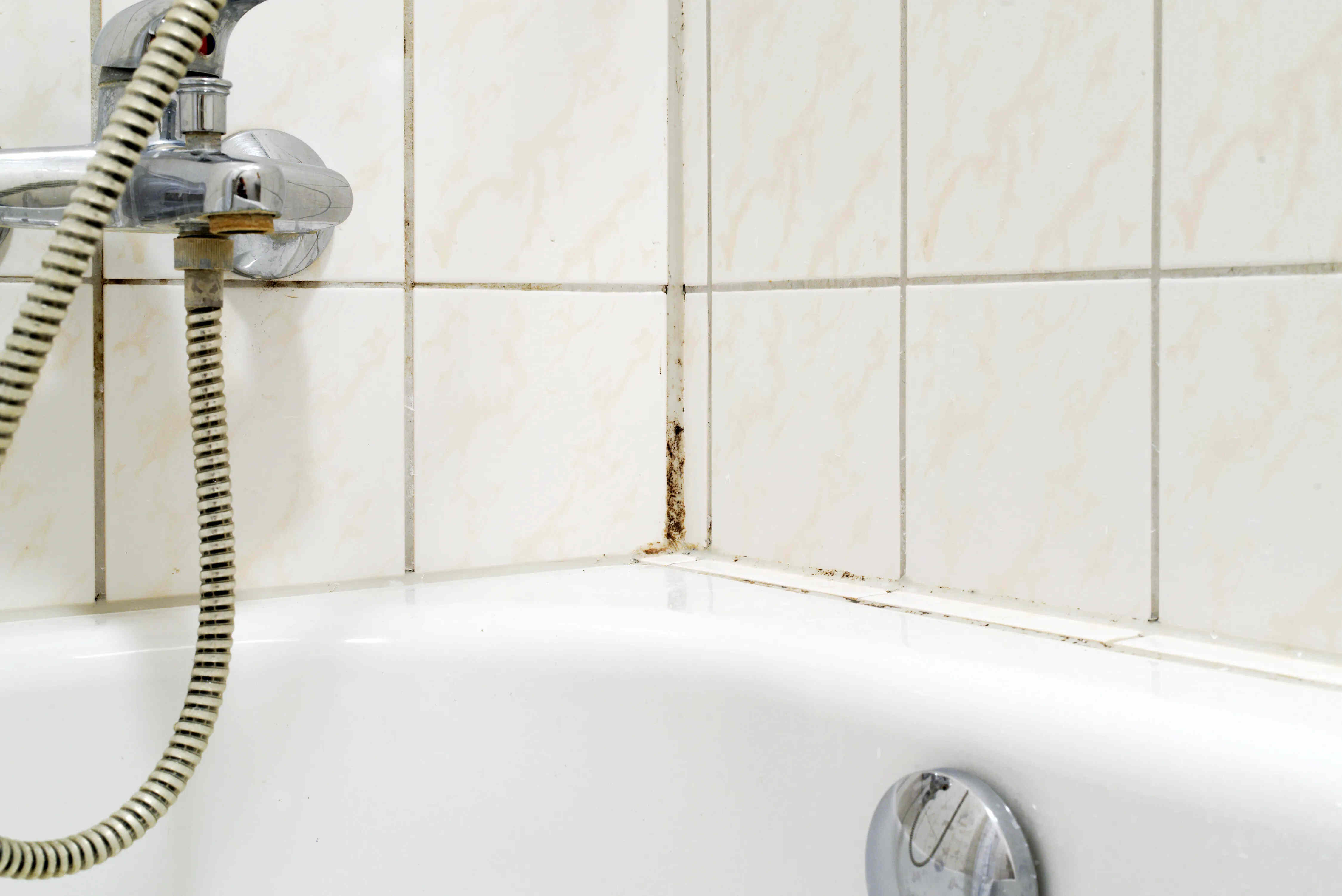

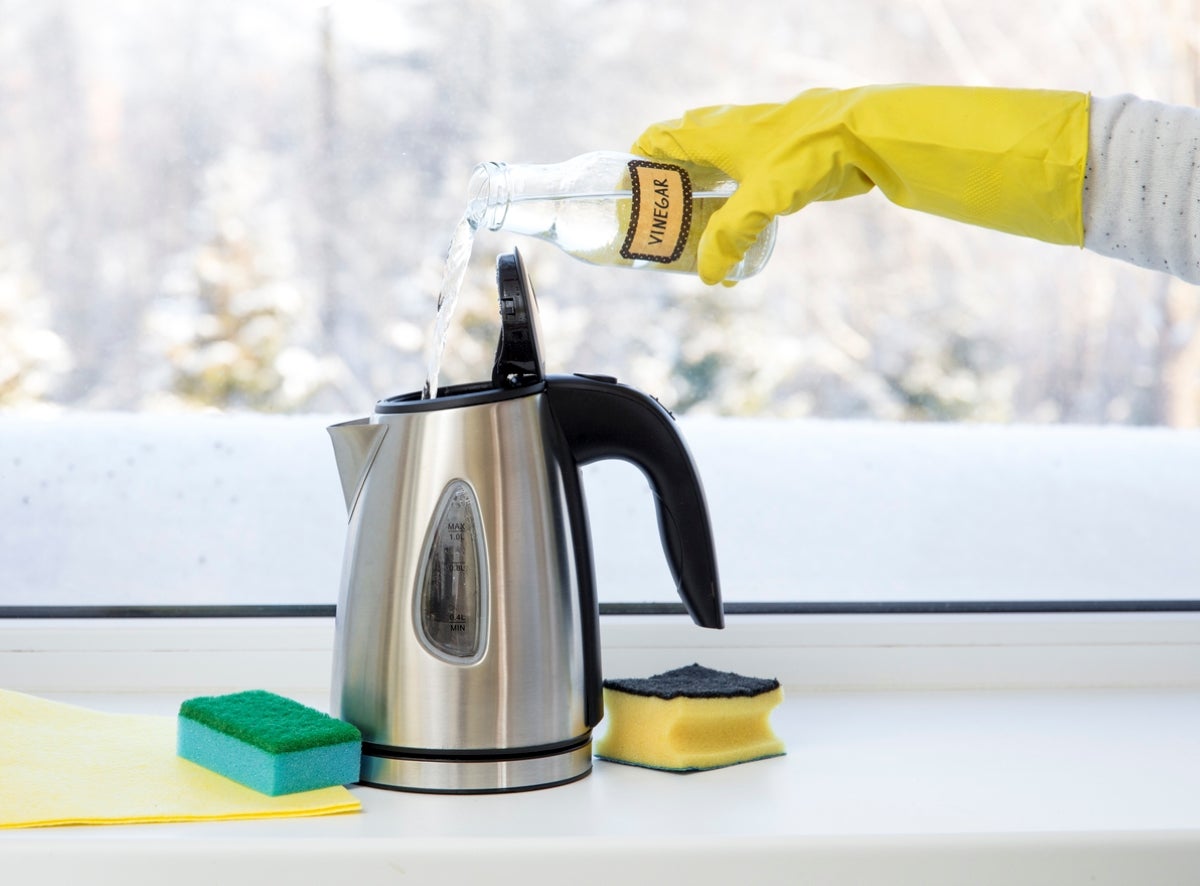
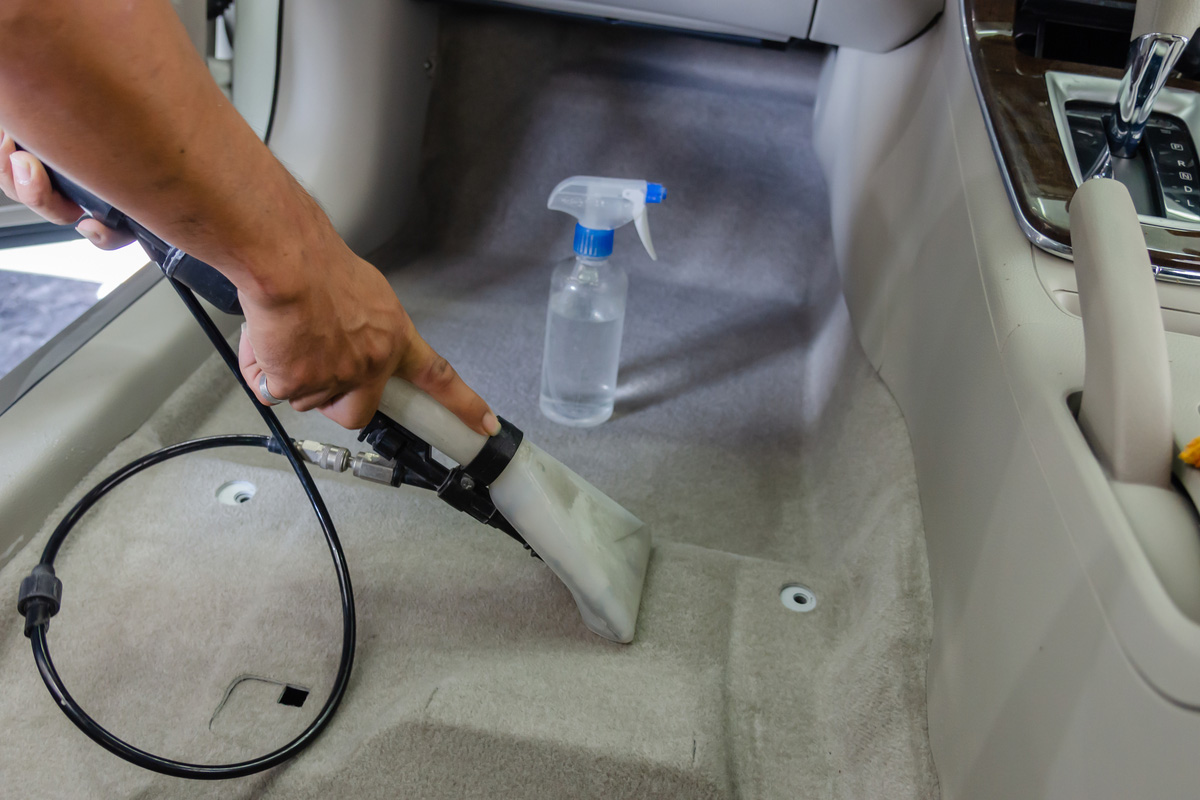
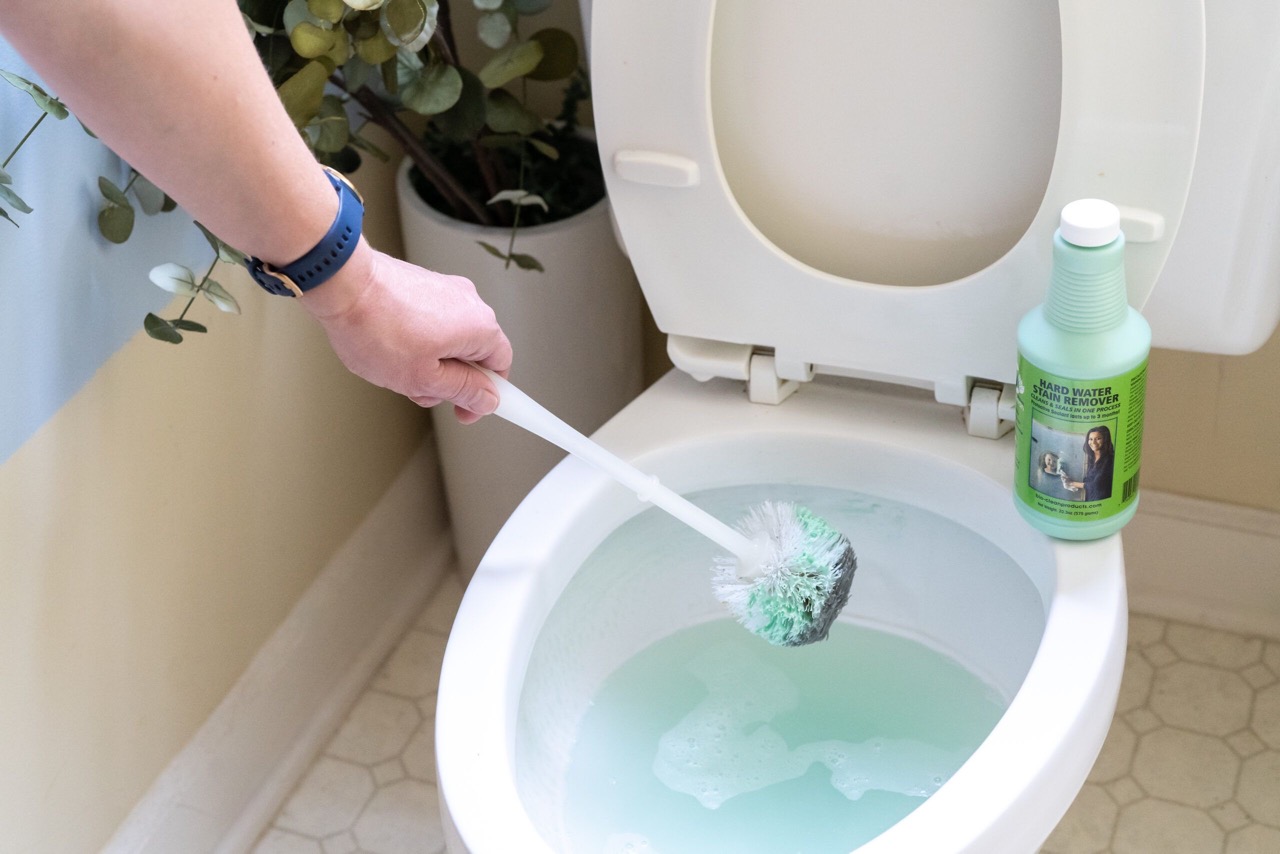
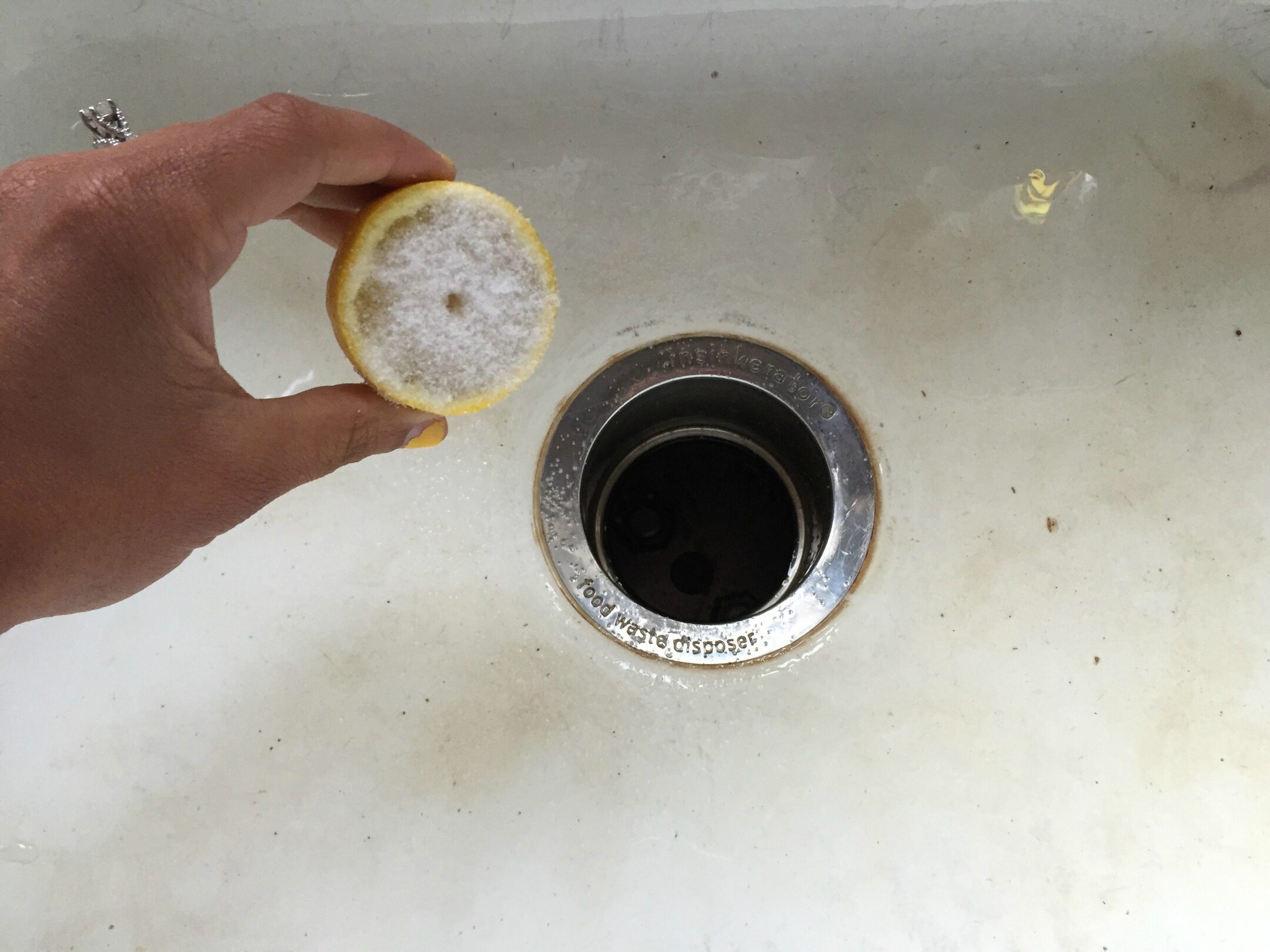
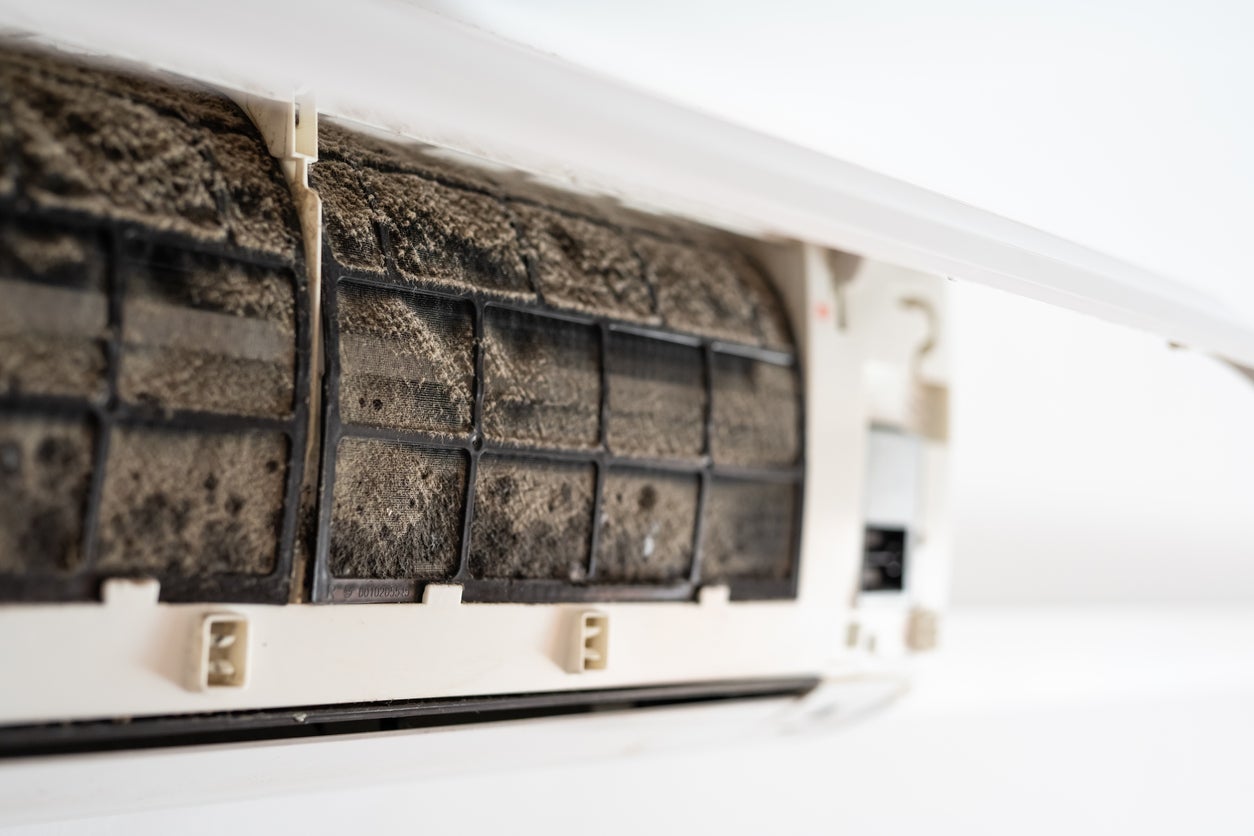
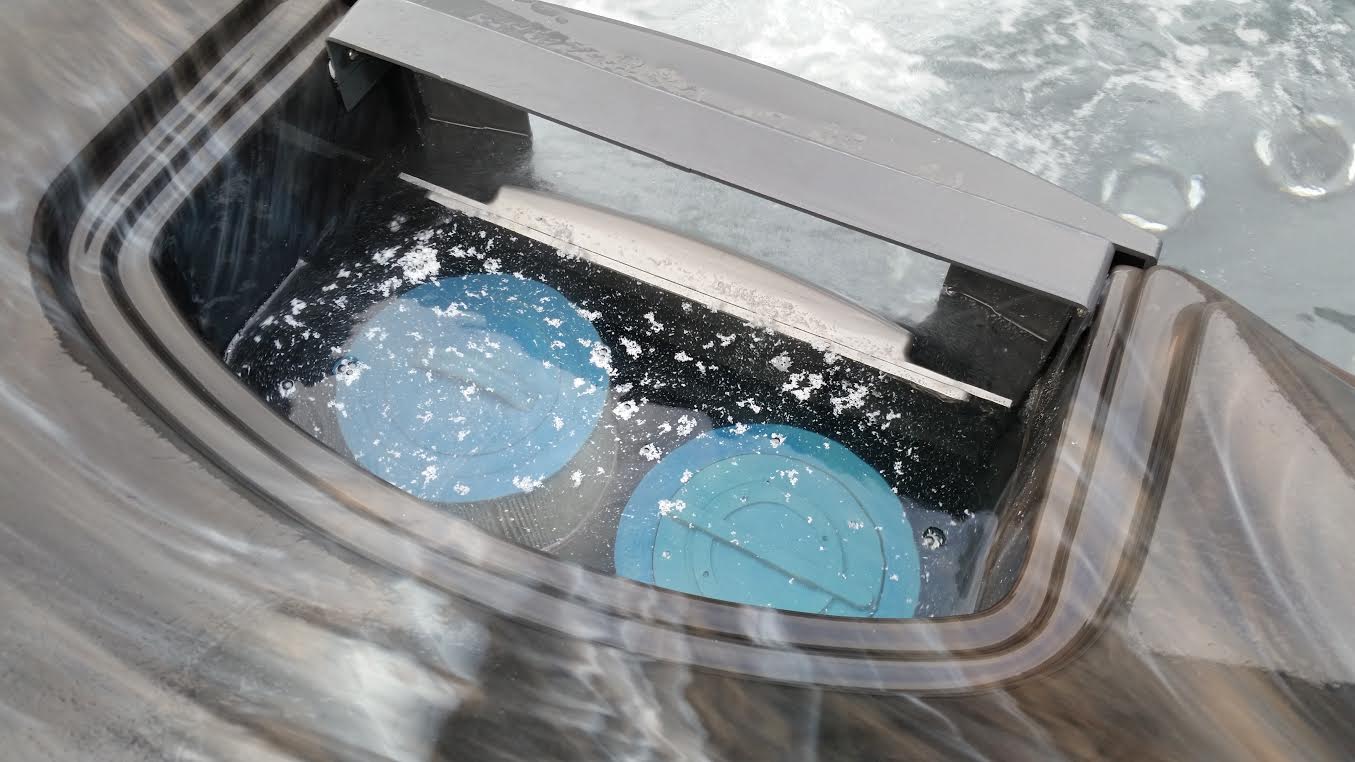
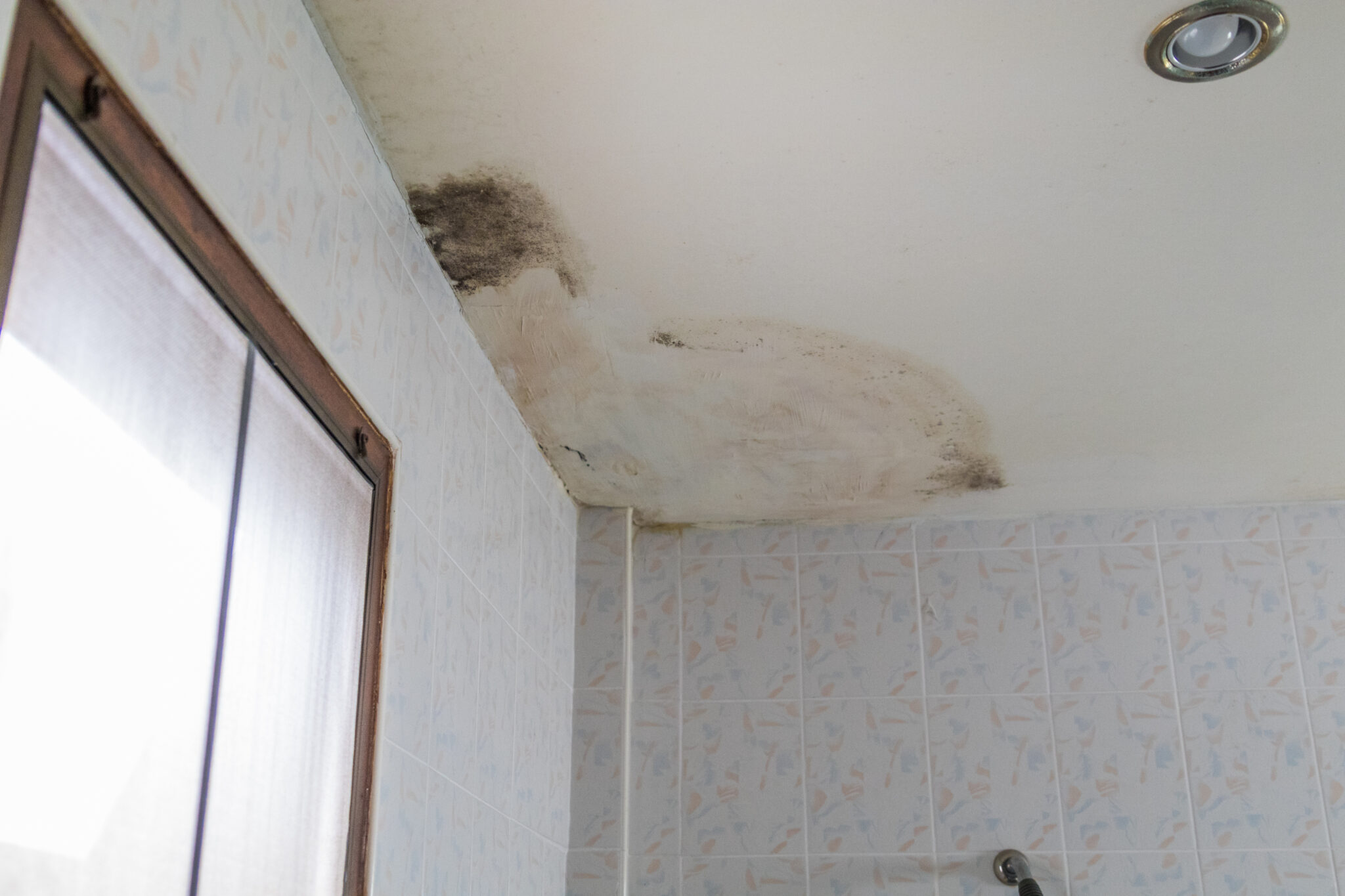
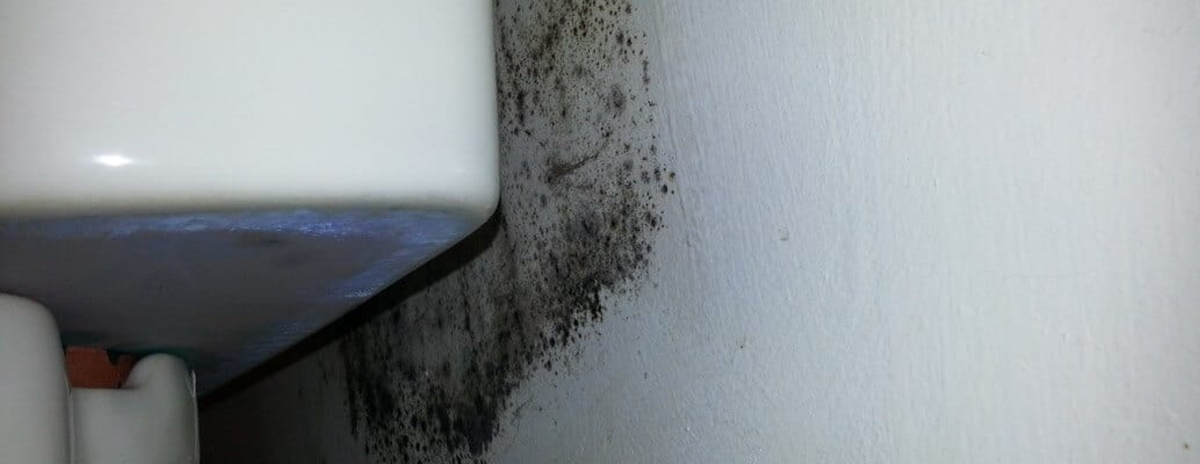
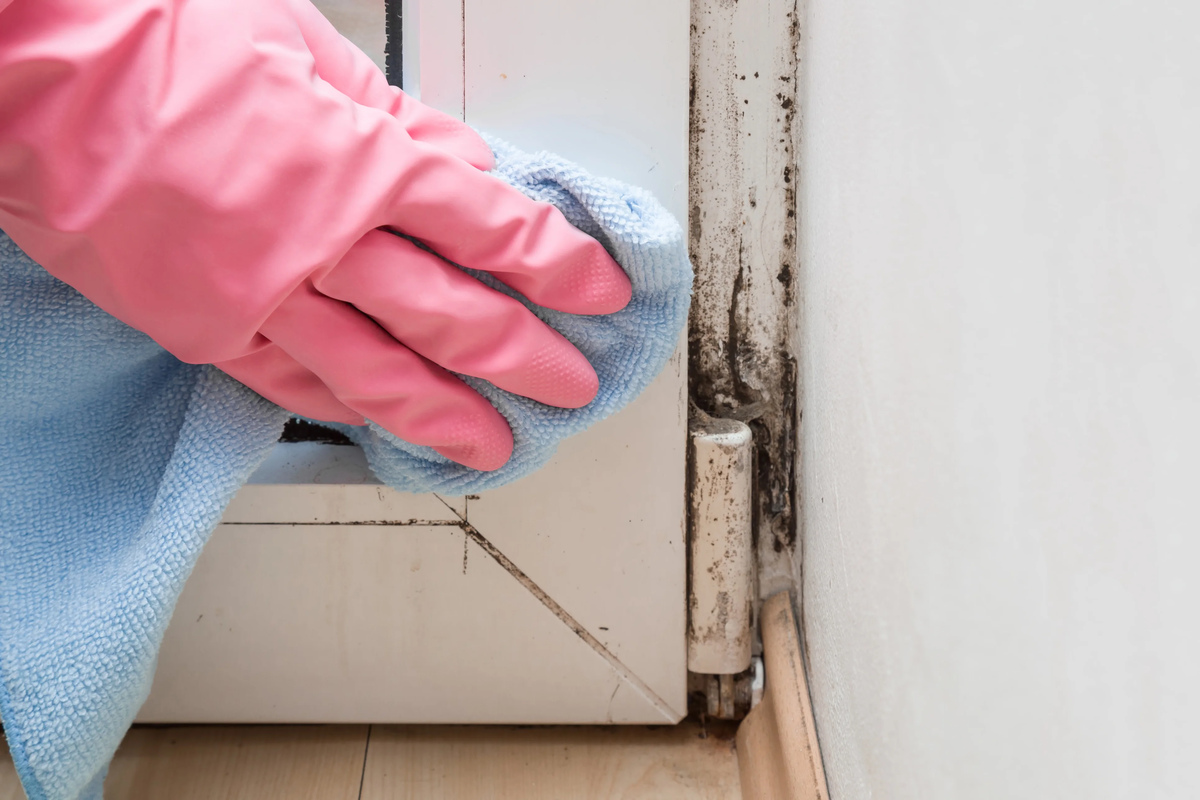
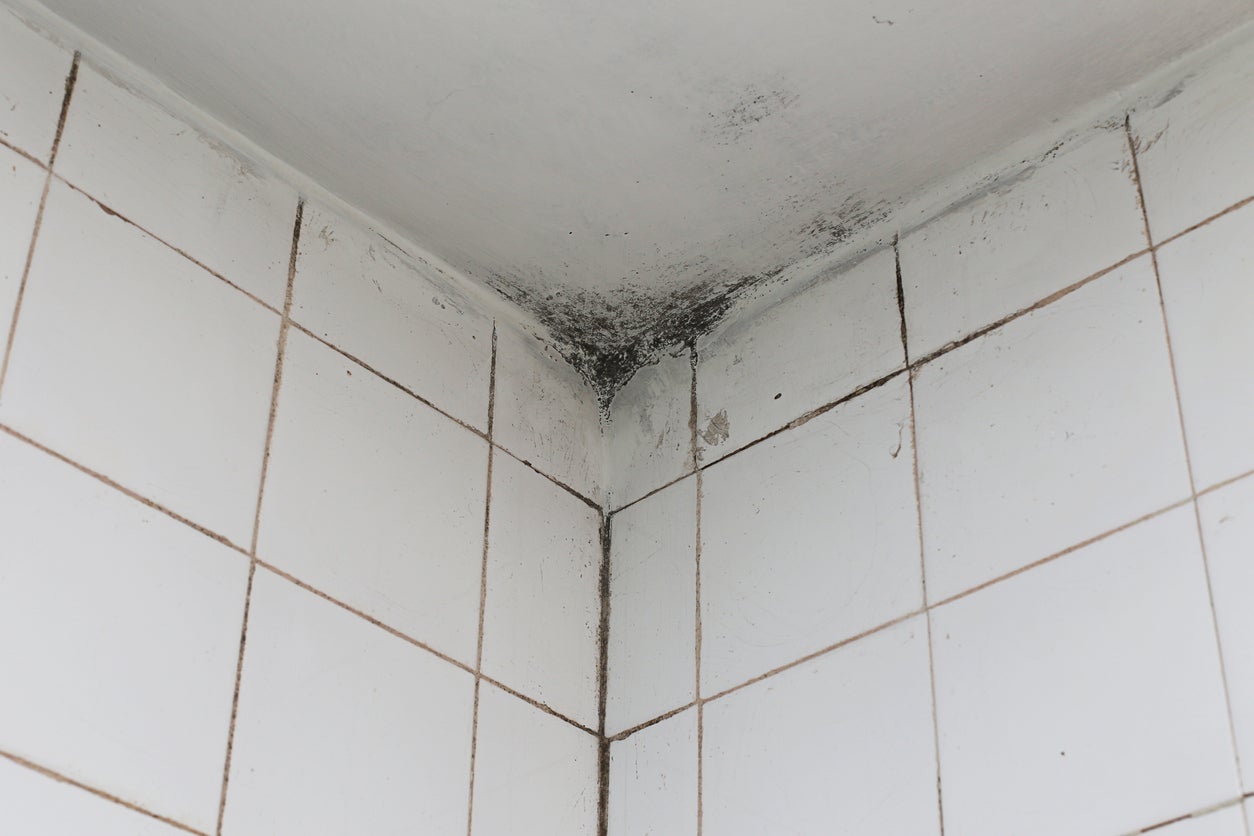
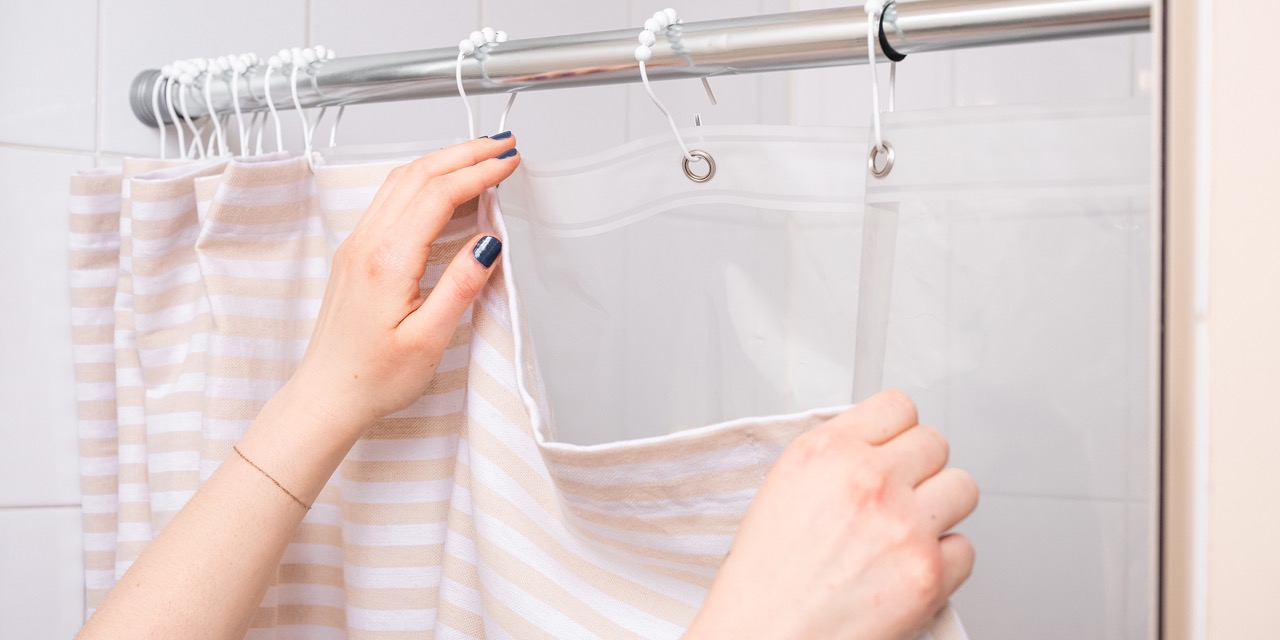

0 thoughts on “How To Get Rid Of Mold In The Ventilation System”